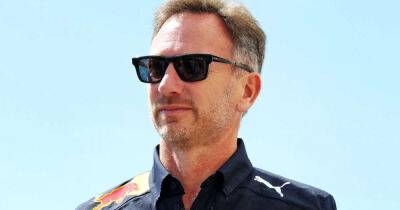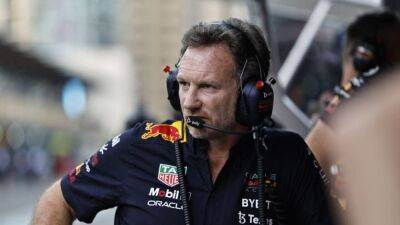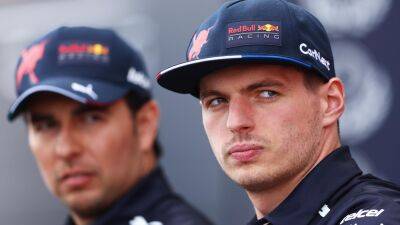Porpoising TD ‘changes the game for the worse for Mercedes’
The FIA’s new technical directive to limit porpoising is not a boon for Mercedes, rather it is bad news say Formula 1 pundits.
This year’s championship has seen porpoising become a part of Formula 1, a consequence of ground effect aerodynamics.
But while initially it was only the Mercedes drivers and Carlos Sainz who complained about it, the bouncing in Monaco and again in Baku led to other drivers voicing their concerns, worried about their long-term health.
Torquing Point: Are Ferrari harming their Charles Leclerc relationship?
What Mick Schumacher was first like on an F1 grid
Torquing Point: CC F1 preview Montreal's return
Torquing Point: Another 'little victory’ for Mercedes
Torquing Point: Nicholas Latifi under pressure
Torquing Point: Red Bull dominate and Ferrari implode in Baku
Torquing Point: Lewis Hamilton with a 9/10 performance in Baku - Azerbaijan GP Driver Ratings
Pierre Gasly said he didn’t want to be using a cane when he was 30 while Daniel Ricciardo said the “shaking of the brain and the spine” cannot be good for a driver.
The FIA has now stepped in, announcing a new technical directive on the eve of the Canadian GP which will see motorsport’s governing body implement a “quantitative limit for acceptable level of vertical oscillations”.
Any team exceeding that, of which Mercedes are the more likely, will have to raise the ride height of the car to protect the drivers.
But while the drivers may be more comfortable with a higher ride height in play, it will cost them downforce and pace with Mercedes and their bouncing W13 expected to be the hardest hit.
“I don’t think this helps, in the short-term, Lewis Hamilton at all,” Sky Sports’ Craig Slater said.
“What they’re saying is that you must not allow your





